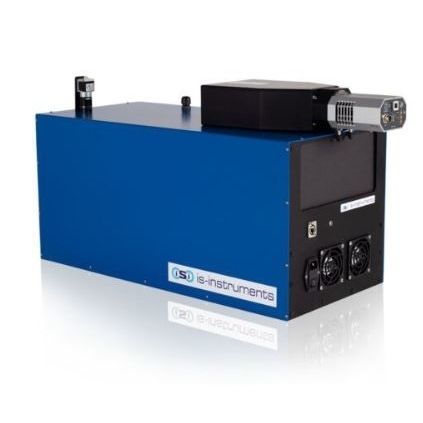Compact Deep UV Raman Spectrometer
Deep UV Raman spectroscopy operates in the ultraviolet range of the spectrum, between 200 and 280 nm. Deep UV Raman spectroscopy offers the ability to detect, identify and quantity substances at much lower concentrations than is possible with near-Uv, Visible, or intrared (lR) methods. This is due to (a) higher photon energy relationship), (b) sample resonance and (c) fluorescence mitigation.
At UV wavelengths, fluorescence and Raman signatures become spectrally separated. In complex biomolecules, chromophores and aromatics resonate resulting in a Substantially amplified Raman signature compared to analogous measurements in the visible region of the spectrum. Deep UV Raman analysis then allows for the study of the structure and dynamics of Complex materials such as proteins and nucleic acids.
ODIN-Our deep UV resonant Raman spectrometer, allows us to see into previously unseen worlds.
Deep U Raman spectroscopy
There are two main reasons for operating at ultraviolet wavelengths:
Fluorescence mitigation at UV wavelengths, fluorescence and Raman signatures become spectrally separated Many biological samples resonate and their Raman signatures are substantially amplified compared to their Raman excitation wavelengths in the visible region of the spectrum
Existing systems use either high powered gas pumped lasers or pseudo-pulsed lasers with low net powers. These are expensive to buy and expensive to maintain, requiring either water-cooling or gas purging.





